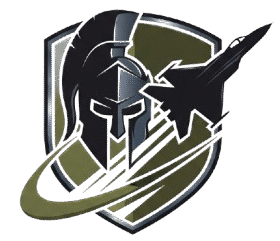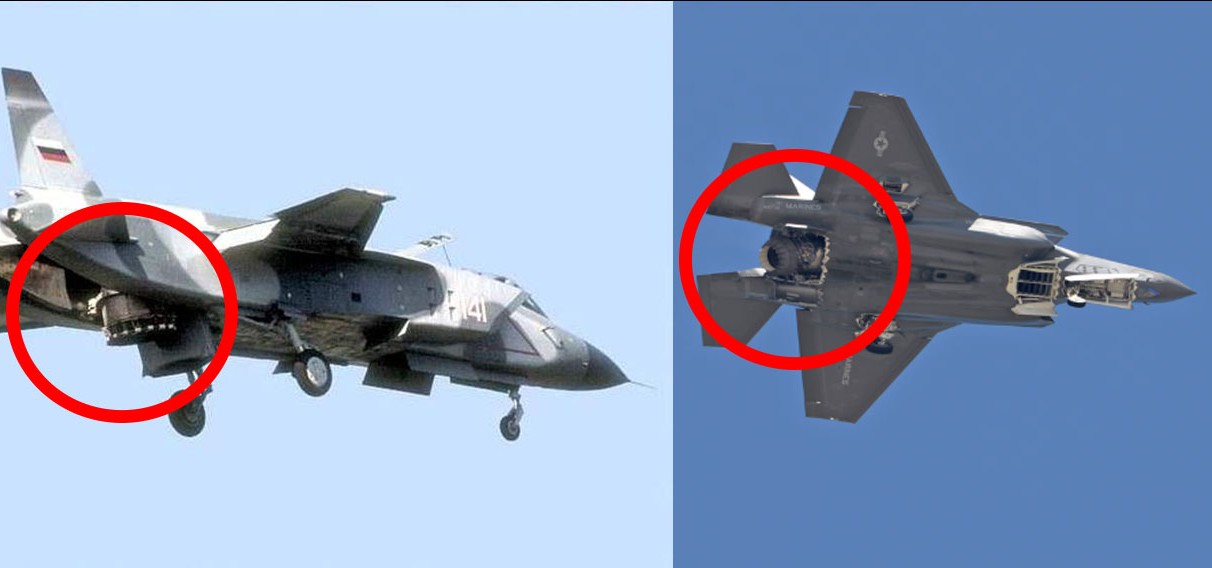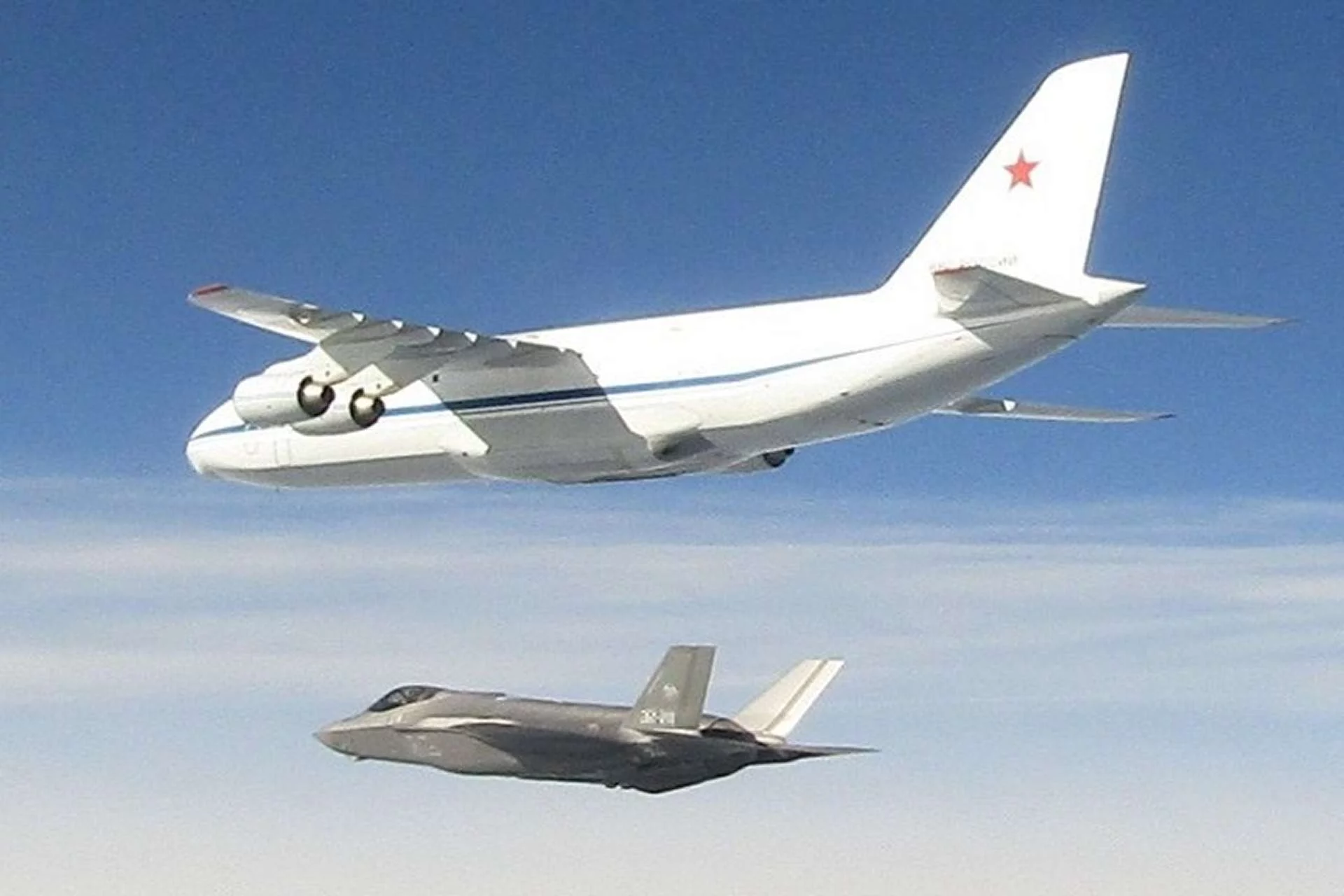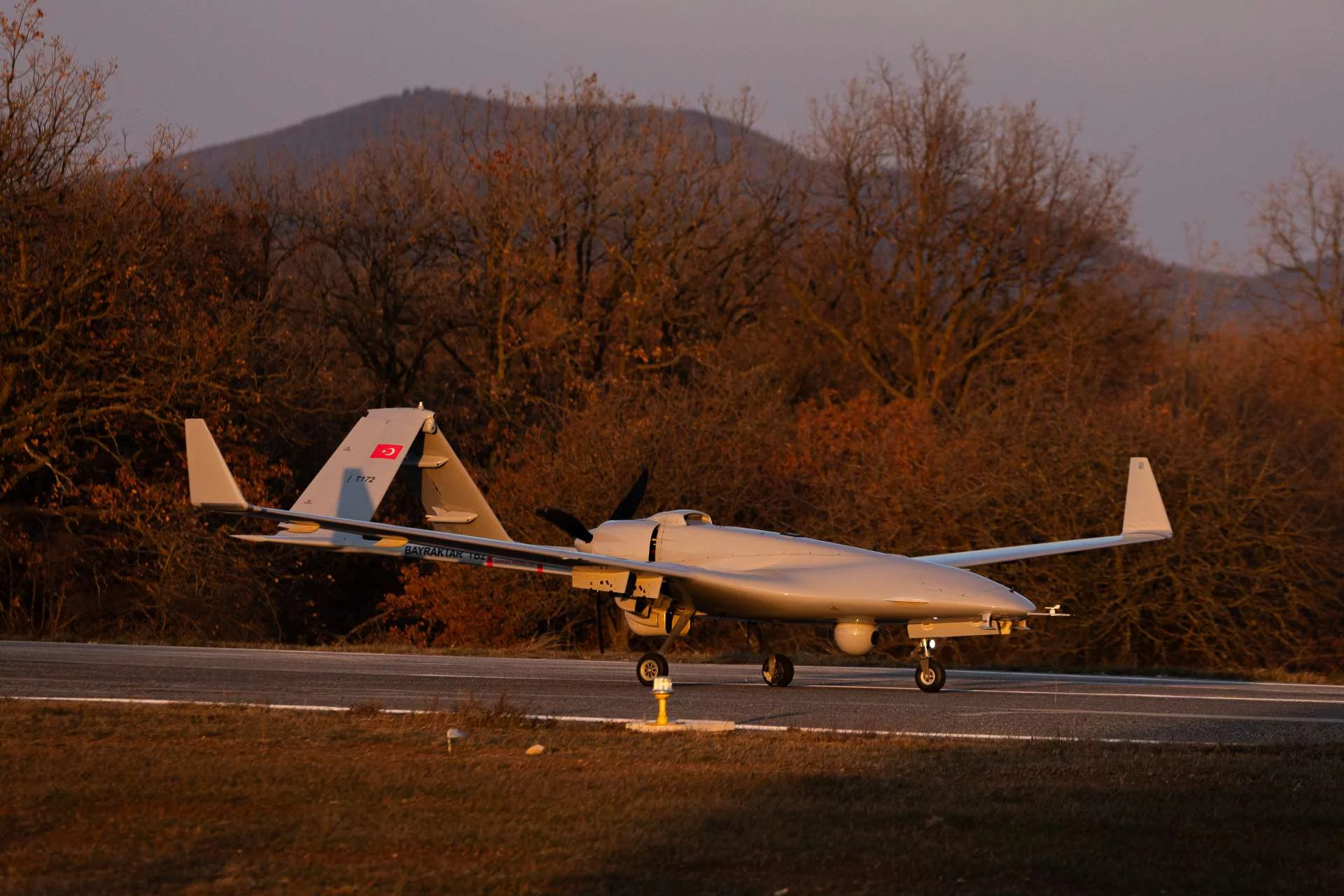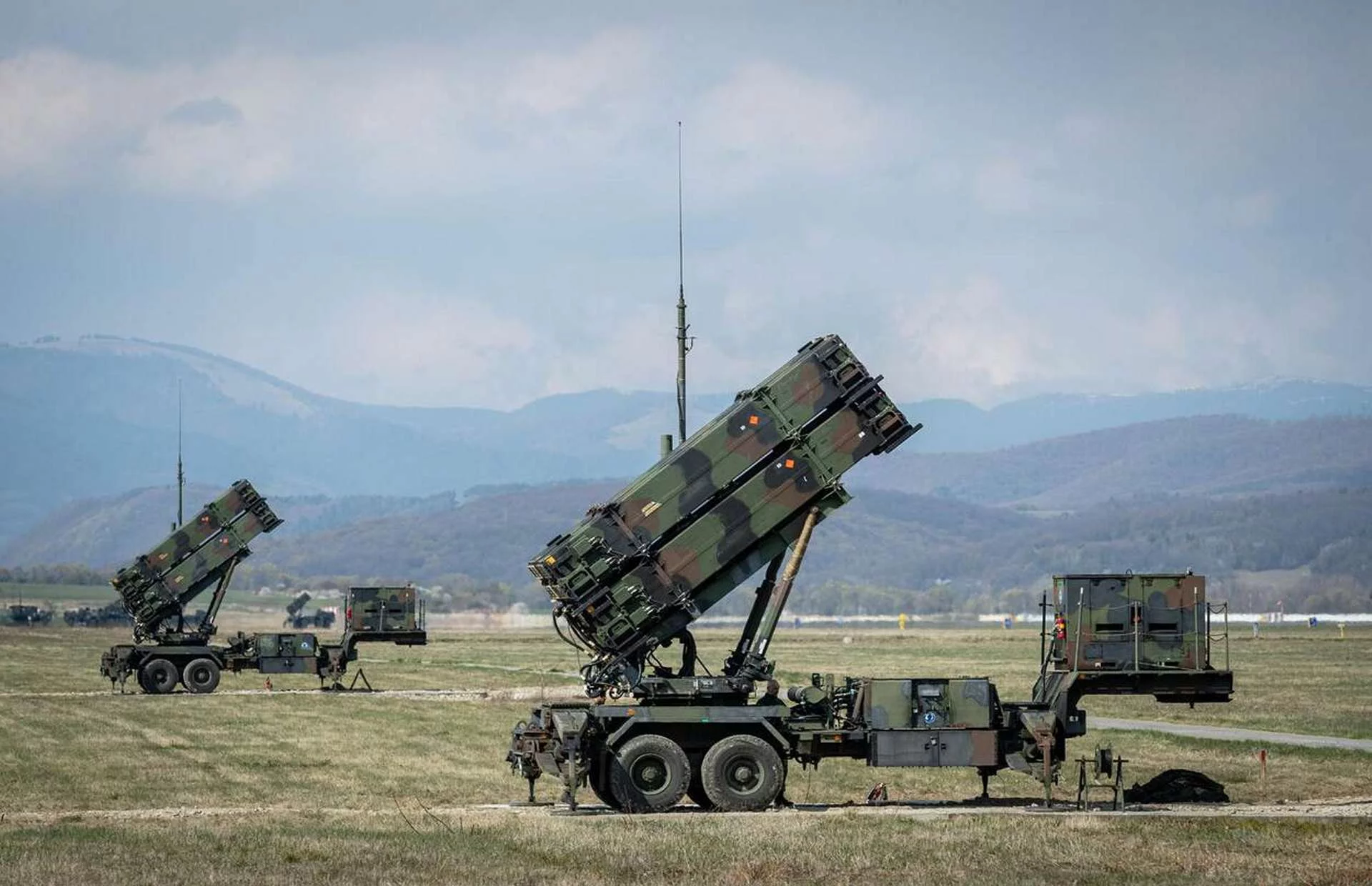In the early 1990s, the Soviet Union was once again preparing to shock the world. Much like the 1957 launch of the Sputnik satellite that startled the West, Soviet engineers were working on a revolutionary fighter jet capable of vertical takeoff and landing (VTOL)—a jet that could outperform anything the world had seen. This aircraft was the Yakovlev Yak-141, codenamed “Freestyle” by NATO. It was leagues ahead of the iconic British Harrier, which had dominated the VTOL category until then. While the Harrier struggled to reach Mach 1, the Yak-141 could fly at Mach 1.7. Its rear nozzle could rotate up to 95 degrees, allowing it to hover like a helicopter and then accelerate like a supersonic jet. It featured a digital fly-by-wire system that offered levels of control Western pilots could only dream of. But then came an unexpected twist: the Yak-141’s groundbreaking technology ended up playing a critical role in the development of the American F-35B.
World War II had shown that while powerful fighter jets were crucial, they heavily relied on vulnerable runways and airfields. These became prime targets during wartime, and their destruction could cripple air superiority. Thus, engineers proposed a radical idea: what if a fighter jet could take off vertically like a helicopter and then fly with the speed and agility of a conventional jet? This idea was revolutionary—it meant jets could take off from almost anywhere.
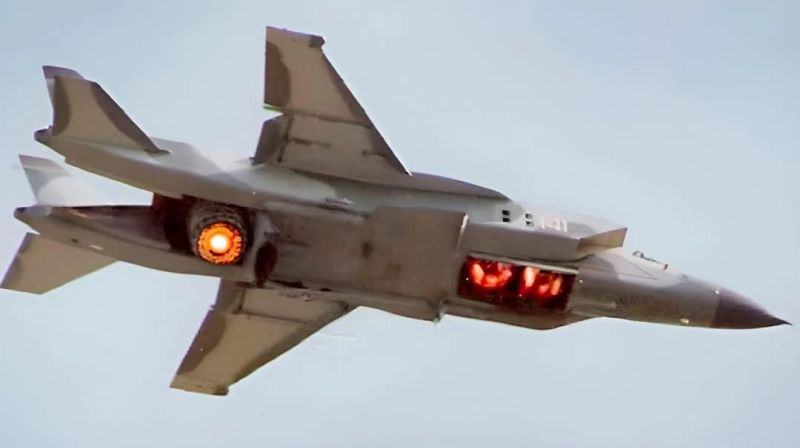
Not wanting to fall behind, the Soviet Union began exploring this concept as early as 1946, when Boris Yuriev initiated Project KIT-1 using the VK-1 OB engine. This early effort to explore vertical flight failed, as the technology was not yet mature.
After World War II, the Soviets acquired German turbojet engines like the BMW 003 and Junkers Jumo 004, previously used in Arado Ar 234 and Me 262 aircraft. Soviet engineers realized these could potentially enable vertical lift. In 1947, Aleksei Shcherbakov proposed a high-speed fighter with rotating engines mounted on the wingtips. Static tests with two Jumo 004 engines showed vertical lift was theoretically possible, but actual flight wasn’t achieved.
Meanwhile, in the West, VTOL research was accelerating. In 1953, the British conducted successful test flights with the Rolls-Royce Thrust Measuring Rig, nicknamed the “Flying Bedstead.” This caught global attention and pushed Soviet interest back into VTOL development. Under Anatoly Raphailants at the Ramenskoye Flight Test Institute, engineers developed the Turbolyot by 1958, equipped with a Mikulin RD-9BL turbojet mounted vertically. It could hover in air but had limited flight time and was inferior to its Western counterparts.
In 1960, Soviet designer Alexander Yakovlev visited the Farnborough Air Show in Britain, where he witnessed the impressive VTOL performance of the Short SC.1. That aircraft used four vertical Rolls-Royce RB.108 lift engines and one horizontal engine. Inspired, Yakovlev recommended developing similar technology in the USSR.
Yakovlev proposed the Yak-30V, based on the Yak-30 jet trainer, with two lift engines. However, the rapid advancement of VTOL concepts made it obsolete. Instead, his team shifted focus to building a more capable jet with thrust vectoring, resulting in the Yak-36, which achieved its first tethered hover in January 1963. Though it incorporated learnings from the Turbolyot, its low power, limited range, and instability during hover-to-flight transitions made it inferior to the Western Harrier.
Learning from these setbacks, Yakovlev initiated the development of a new supersonic VTOL aircraft to succeed the Yak-38 (NATO codename: Forger). Initially designated Yak-41, it was later renamed Yak-141. The Soviet Navy required a VTOL aircraft that could operate from ships, achieve supersonic speed, support advanced radar (S-41), and deploy medium-range R-27 air-to-air missiles. It had to rival the agility of the MiG-29.
Yakovlev collaborated with experts like Alexander Levinskikh, Viktor Pavlov, and Konstantin Popovich. They devised a composite power plant system using a rotating nozzle, allowing integration of an afterburner crucial for supersonic flight. Unlike the heavier Harrier, the Yak-141 was more efficient.
Several alternative designs were considered. One followed the Yak-38’s lift engine configuration but suffered hover control issues. Another proposed a lift/cruise turbofan with separate hot and cold gas flows, but it increased the aircraft’s size and was abandoned.
By 1980, the Yakovlev team began developing the R-79 engine, later known as Lzdeliye 79, under Soyuz Design Bureau led by Oleg Favorsky and Vasily Kobchenko. It was a mixed-flow turbofan with a bypass ratio of 0.9 to 1.2, featuring a three-stage low-pressure compressor, an eleven-stage high-pressure compressor, and dual counter-rotating turbines. Its triple-redundant analog electronic fuel control system with hydro-mechanical failsafe made it both powerful and reliable. It generated 152 kN of thrust, 122.6 kN of which was usable for vertical flight.
In addition, two RD-41 lift engines were developed, each producing 40.21 kN of thrust. With a diameter of just 0.635 meters, they fit snugly into the fuselage. These engines featured seven compressor stages and digital fuel control, with titanium components for reduced weight. Their performance matched that of the British Rolls-Royce RB.162 lift engines.
The Yak-141 had a twin-boom design reminiscent of the MiG-31 Foxhound, with 30-degree swept wings and twin tails. Titanium linings protected its fuselage against the heat of the R-79’s afterburner. While placing lift engines in front of the cockpit was considered, issues with radar intake and hot exhaust led to that idea being dropped.
In 1987, prototypes “75” and “77” began test flights at the Zhukovsky Flight Research Institute. Chief test pilot Andrei Sinitsyn completed the first flight on March 9, 1987. Thanks to its digital fly-by-wire and engine controls, the Yak-141 seamlessly transitioned between hover and flight modes. Sustaining combustion in the afterburner during nozzle rotation was a major challenge, resolved by a proprietary cooling system still classified today.
Unlike traditional VTOLs, the Yak-141 could perform rolling takeoffs and run-on landings, boosting its range and payload capacity. The RD-41 lift engines were tilted 15 degrees backward, and their exhaust nozzles could rotate 9 degrees forward or 17 degrees backward. This allowed the aircraft to accelerate to 537 km/h in just 18 seconds.
By 1991, the Yak-141 had set 11 world records, including payload climbs to altitudes of up to 13,100 meters. Pilot Andrei Sinitsyn became a symbol of its success. The aircraft was showcased at the 1991 Paris Air Show and the 1992 Farnborough Air Show, gaining international attention. It was designated Yak-141 for export. Its fuselage consisted of 26% modern composite materials, making it lighter and stronger. The cockpit included a K-36LV ejection seat, operable at all angles. Its weapon system, adapted from the MiG-29, supported a 30mm cannon and a range of air-to-air and air-to-ground missiles.
However, the collapse of the Soviet Union in 1991 dealt a severe blow to the Yak-141 program. Funding dried up, and in October 1991, a prototype crashed during a vertical landing. Though the pilot ejected safely, the incident halted the project’s momentum. Despite this, Yakovlev didn’t give up and began seeking international partners.
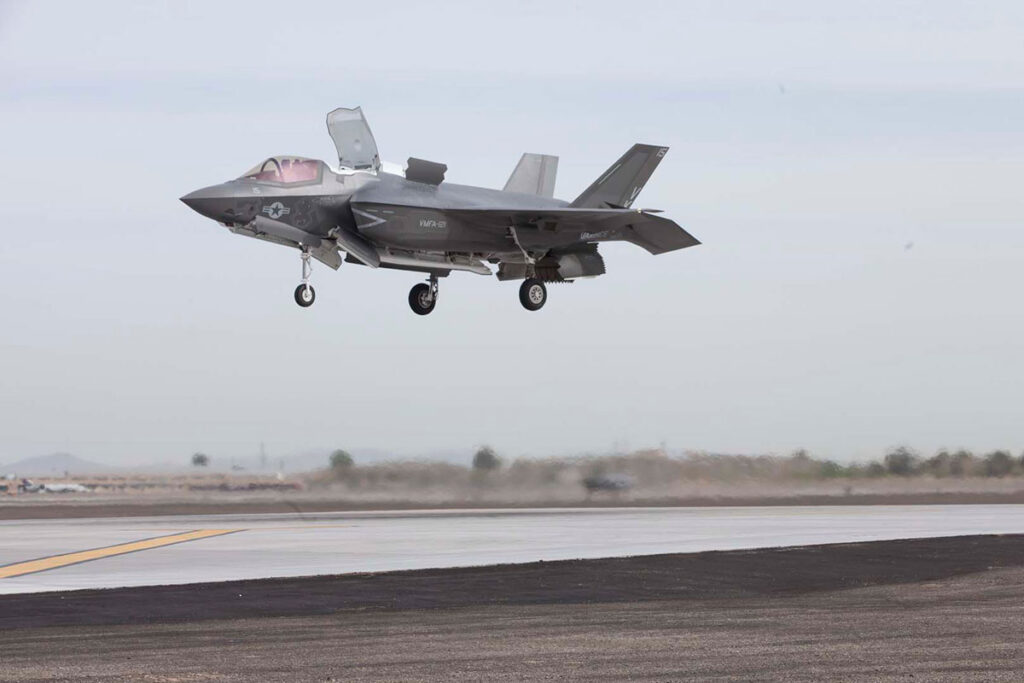
The U.S. had already taken a keen interest in the Yak-141. Its rotating nozzle, digital control systems, and supersonic VTOL capabilities were especially attractive as the U.S. was developing its Joint Strike Fighter (JSF) program. In September 1992, Yakovlev signed a $400 million agreement with Lockheed Martin. Under this deal, Yakovlev provided blueprints, wind tunnel data, and flight reports. Several Soviet engineers collaborated directly with Lockheed Martin. The Yak-141’s technology directly influenced the development of the F-35B, a stealth VTOL fighter.
The F-35B integrated the Yak-141’s nozzle concept, enhancing it with modern composites, sensor fusion, and stealth technologies.
The Yak-141 remains one of the Soviet Union’s most remarkable engineering achievements. Though it never entered full-scale production, its legacy lives on in the form of the F-35B. It was a concept far ahead of its time, thwarted by political and financial turmoil. Yet the efforts of its designers and engineers helped elevate VTOL technology to new heights—and into the heart of American airpower.
